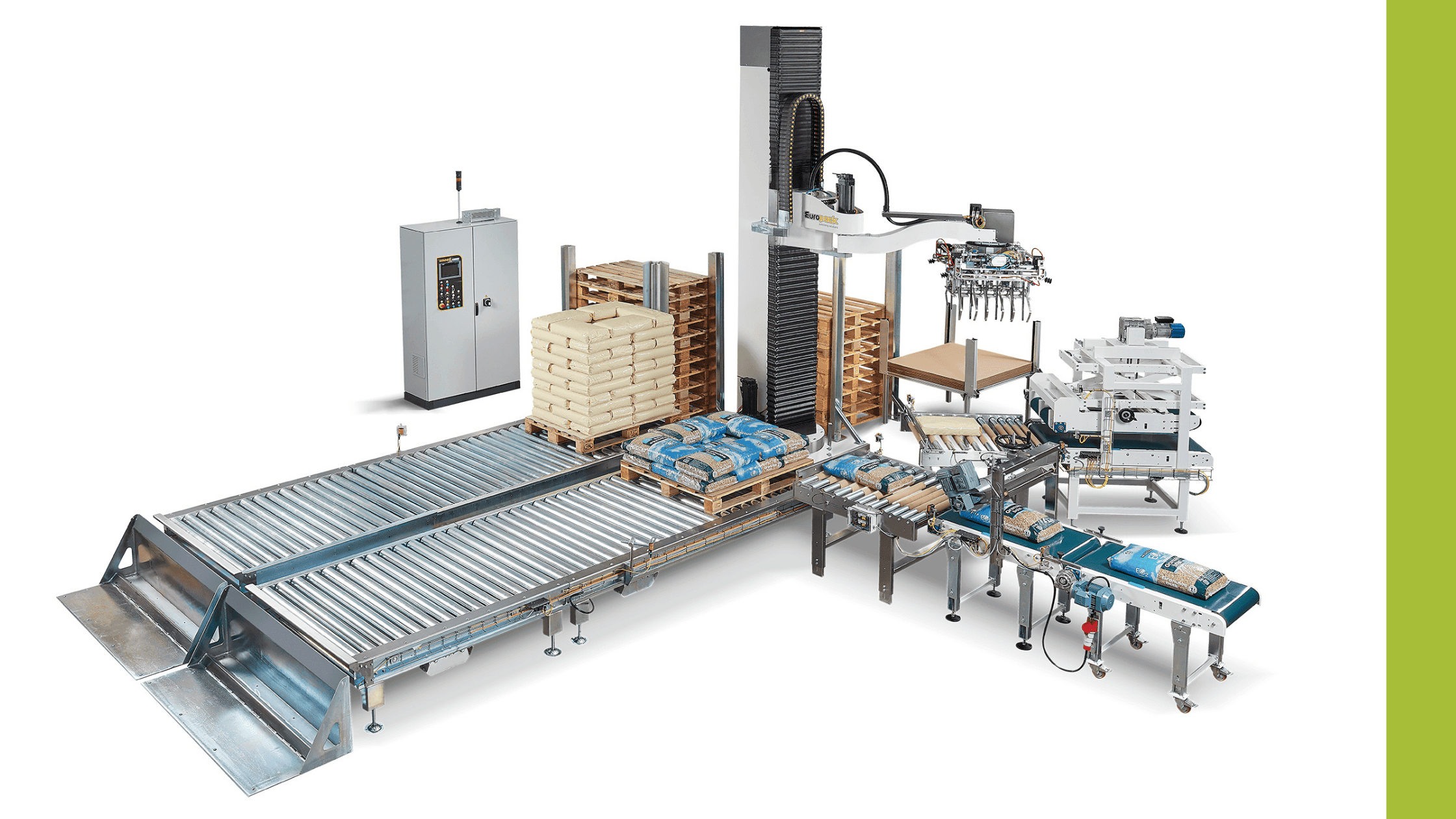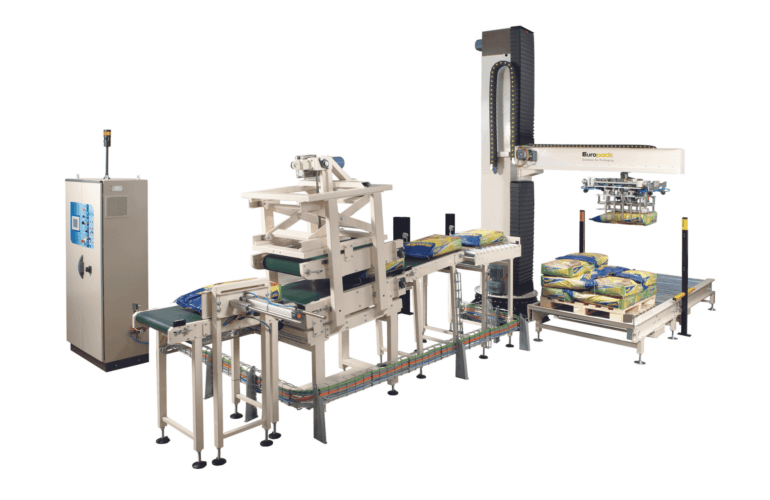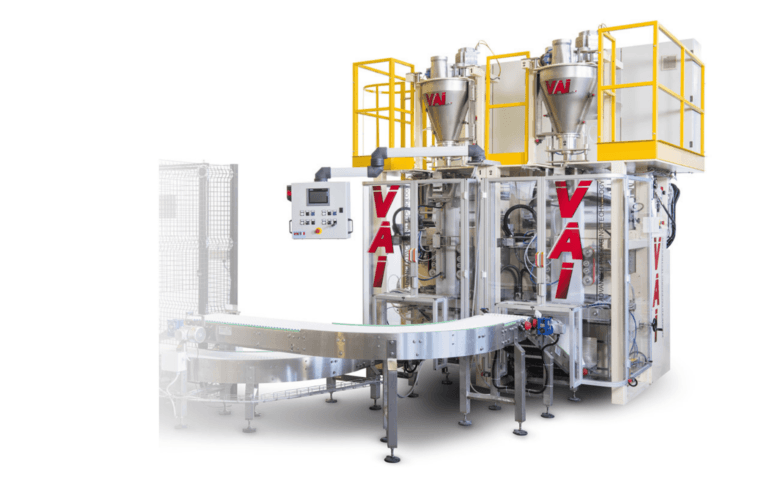Manufacturers looking to streamline operations and reduce costs are increasingly turning to machinery to handle processes such as palletising and depalletising, sack filling and the movement of goods. But the automation journey can be confusing, especially for those investing in the equipment for the first time.
Phased automation reduces the overwhelm by strategically introducing machinery, starting with replacing the most time-consuming, labour-intensive processes and progressing to more advanced systems. By gradually scaling up in this way, manufacturers can maximise their ROI, minimise disruptions and ensure seamless integration.
The advantages of automation
Automation does more than simply replace manual labour; it enhances every aspect of the production process, laying the foundations for long-term success.
- Increased efficiency: Automation performs routine tasks faster and more consistently than human operatives, reducing downtime and speeding up processes.
- Reduced costs: Labour costs are reduced, and greater accuracy means less material wastage and fewer errors.
- Quality improvement: Tasks are performed consistently and accurately, reducing the likelihood of defects and improving customer satisfaction.
- Scalability: Production lines can be scaled quickly and easily, without the need to recruit or train new staff.
- Improved safety: Using machines for dangerous or physically demanding tasks protects employees and reduces the number of workplace injuries.
And, manufacturers can maximise the impact of these benefits even further when they introduce phased automation, which prioritises implementation so that measurable results are delivered right from the start.
Prioritising automation implementation
This targeted approach addresses the most critical pain points first, focusing on the areas that consume the most time, labour and resources.
Following the steps ensures each is delivering tangible value before moving on to the next, reducing the risks and maximising efficiency. The five steps are:
1. Assessment and planning
First, manufacturers need to identify those areas prone to errors, inefficiencies and bottlenecks. Involve the whole team in this process, as operators and production managers may have different insights to the management. Once the challenges are clear, evaluate the ROI for automating each process.
2. Start with time-intensive and repetitive tasks
The most logical starting point is usually repetitive processes that require significant manual effort. These tasks are often essential but time-consuming, needing little to no skill to complete yet taking personnel away from more valuable jobs. Therefore, automating these tasks has an immediate impact on labour costs and productivity.
3. Automate resource-heavy processes
Once repetitive tasks are addressed, the next step is to tackle processes that consume high levels of energy, raw materials or skilled labour. In these areas, adding automation can improve efficiency and reduce waste, cutting costs and helping businesses meet their sustainability targets.
4. Focus on bottlenecks
Every manufacturing operation has its bottlenecks – areas that slow down production and impact overall efficiency. Automating these points can have a dramatic effect on productivity by smoothing the flow of operations, so that demand can be met more effectively.
5. Scale up gradually
Once the quick wins have been identified and implemented, manufacturers can expand to more advanced systems with greater capabilities, ultimately creating a fully automated and connected manufacturing system.
How to find the right automation solution
Finding the right automation solution, even when taking a phased approach, depends very much on the set up of the production line. At PALpack, we always recommend a site visit, especially if the manufacturer is new to automation.
This is exactly what we did for a chemical manufacturer which was venturing into automation for the first time. Having reviewed its manufacturing strategy, the company decided that replacing manual palletising with robotics would not only bring financial benefits and reduce the risk of manual handling injuries but also increase production speeds.
We recommended a purpose-built palletiser and, having attended the site to measure up, provided a detailed drawing of the layout to clearly show how it would receive cartons from the filling lines.
With the palletiser now in place, staffing levels have reduced, and everyone is impressed with the quality of the installation and pallet appearance.
Our targeted approach not only addresses critical pain points in the production process but also helps to deliver a strong ROI.
Whatever phase you’re in, we can help. Just get in touch.




